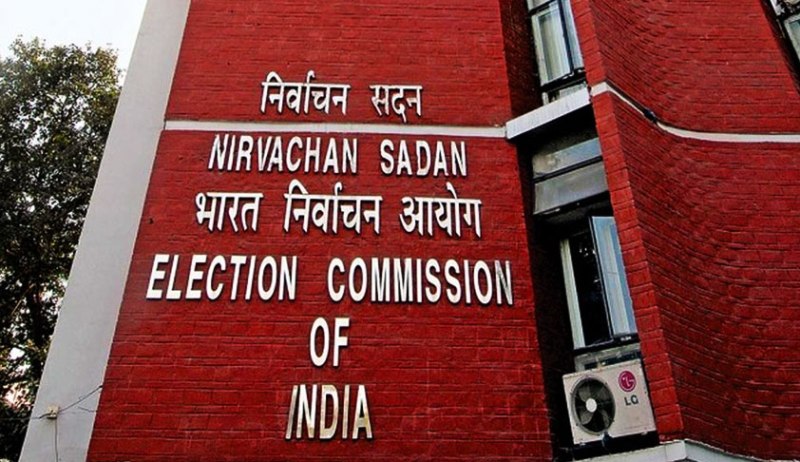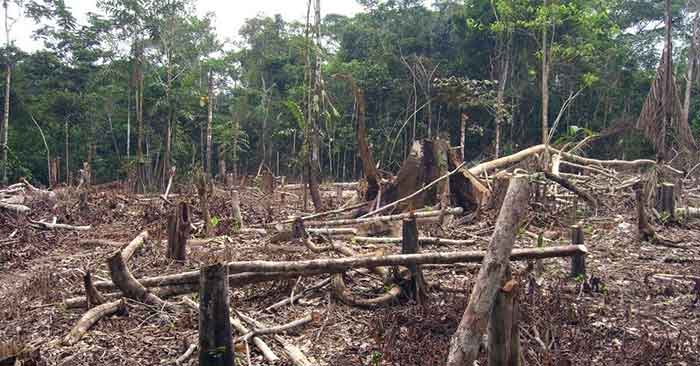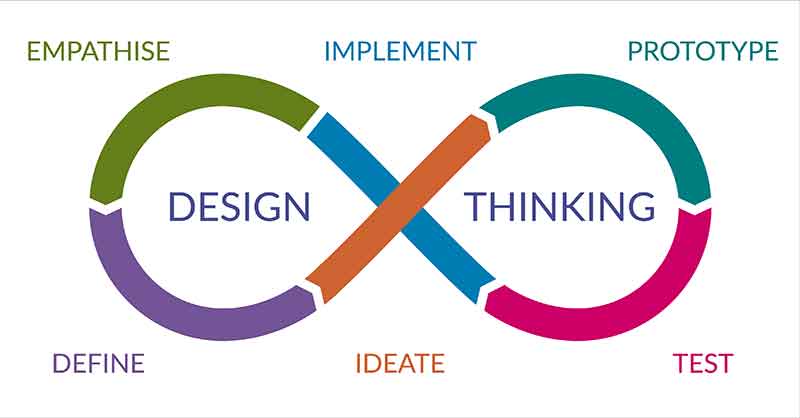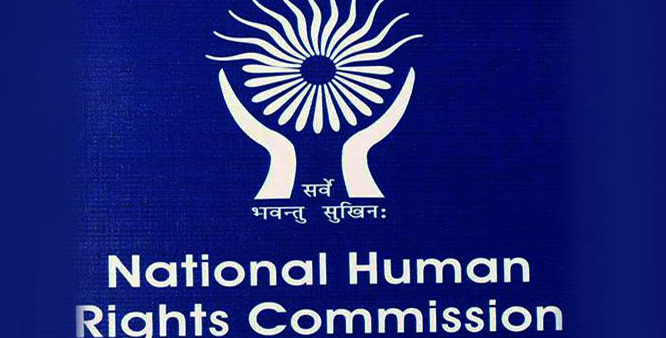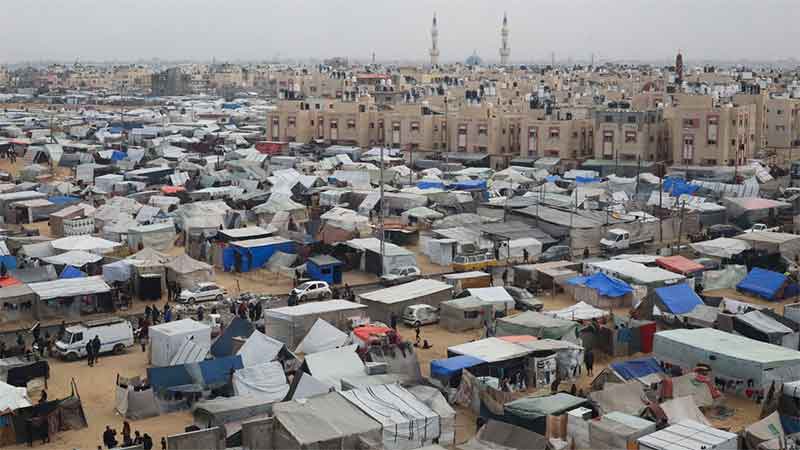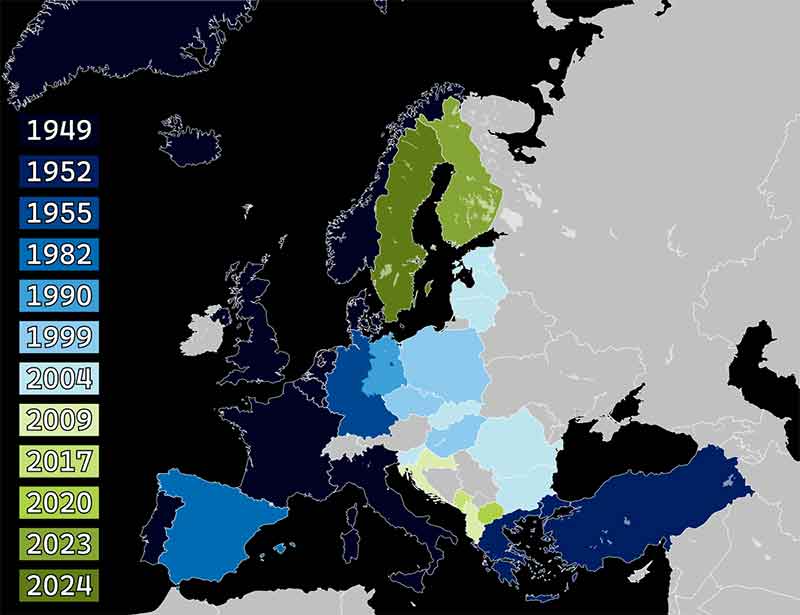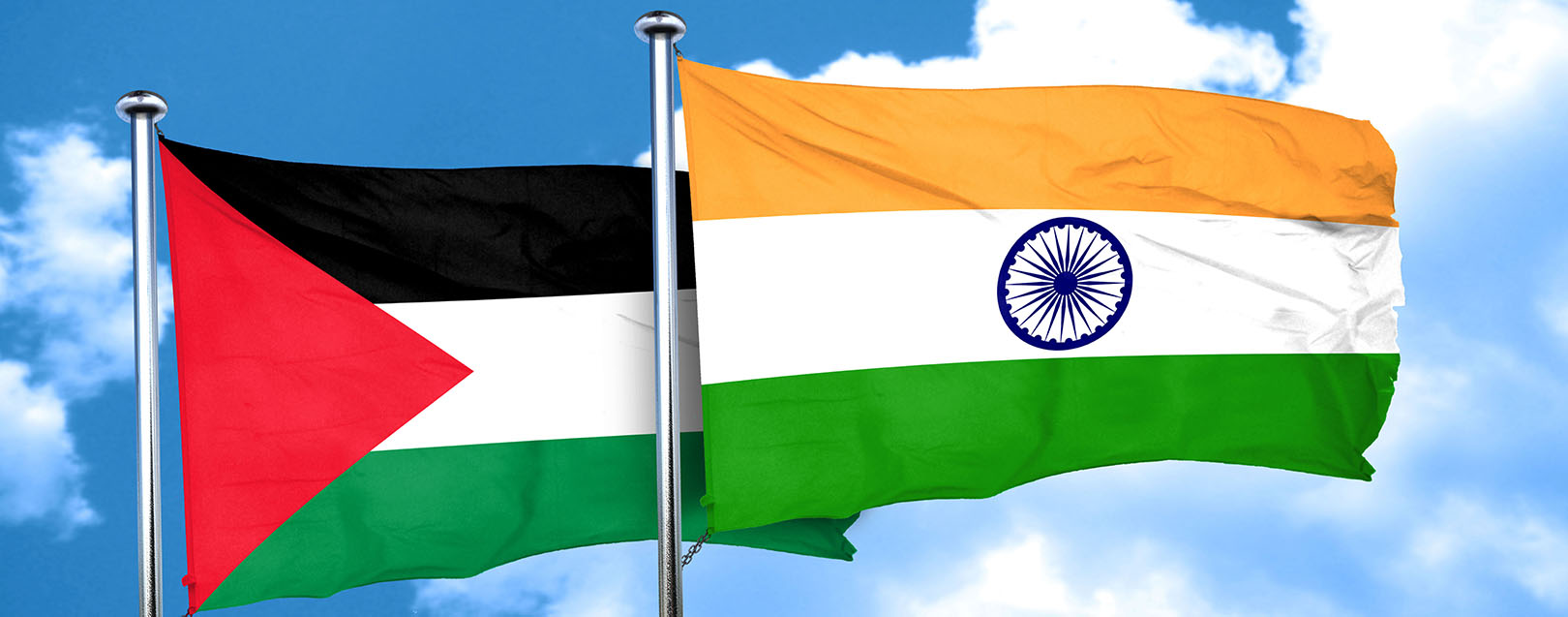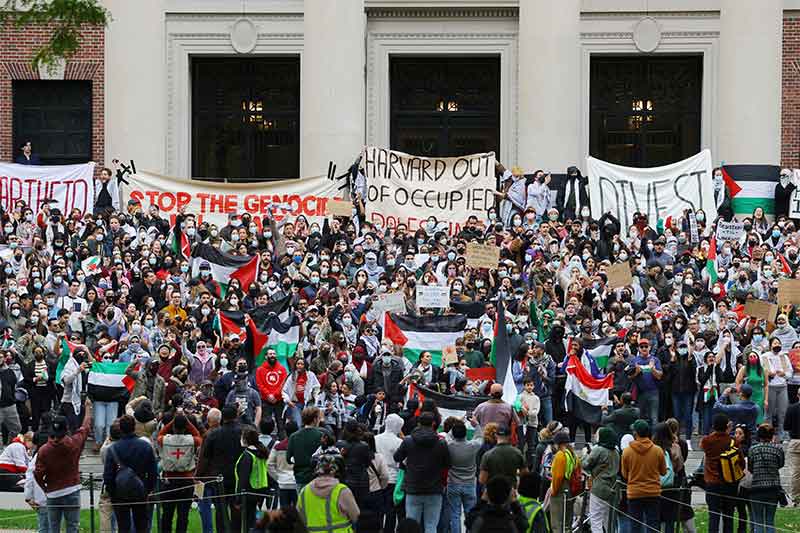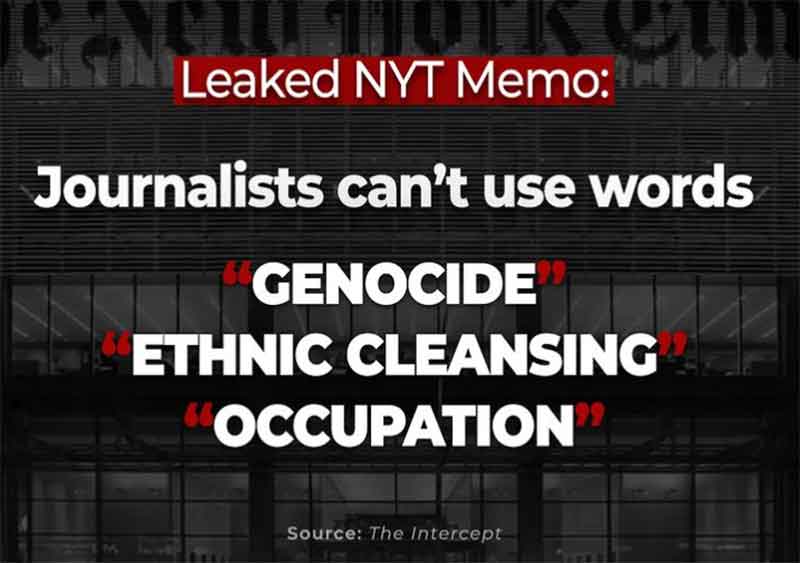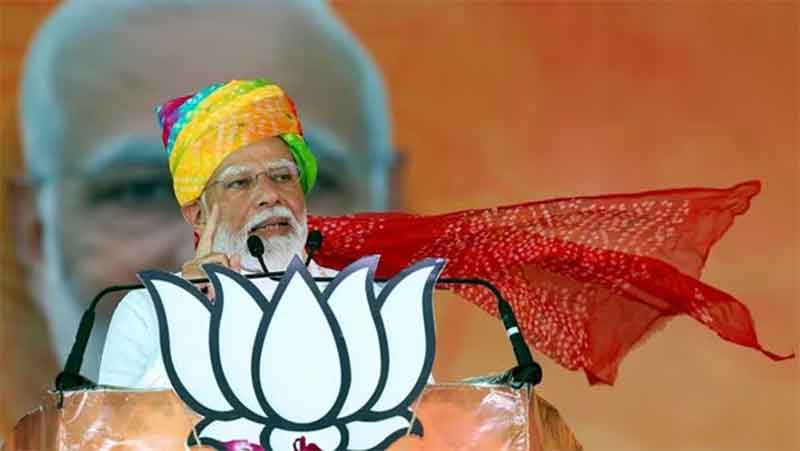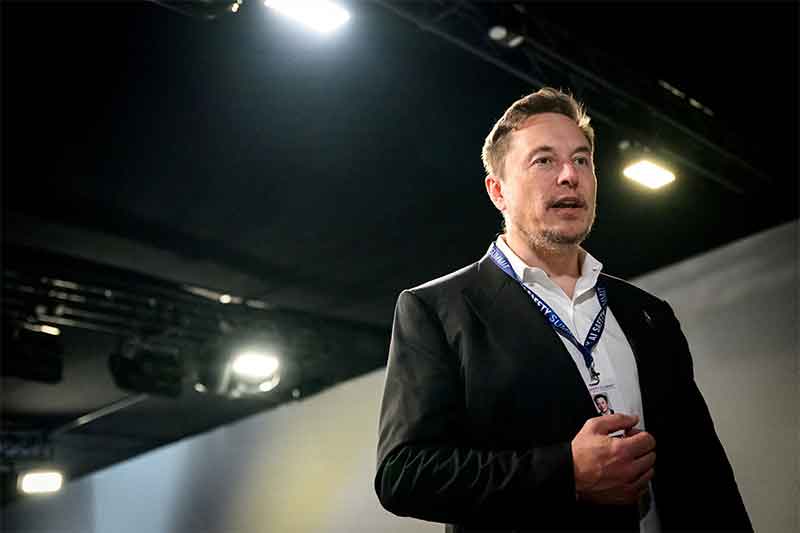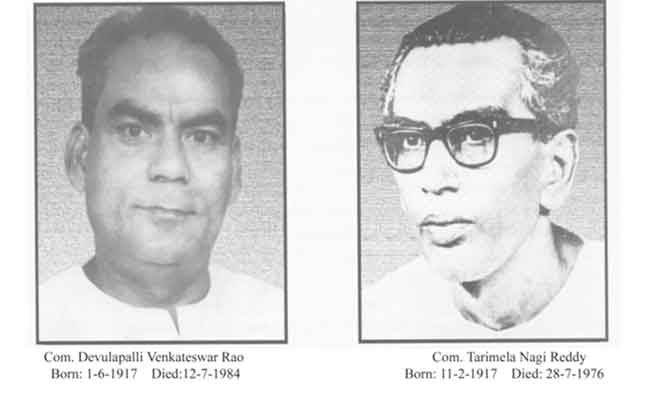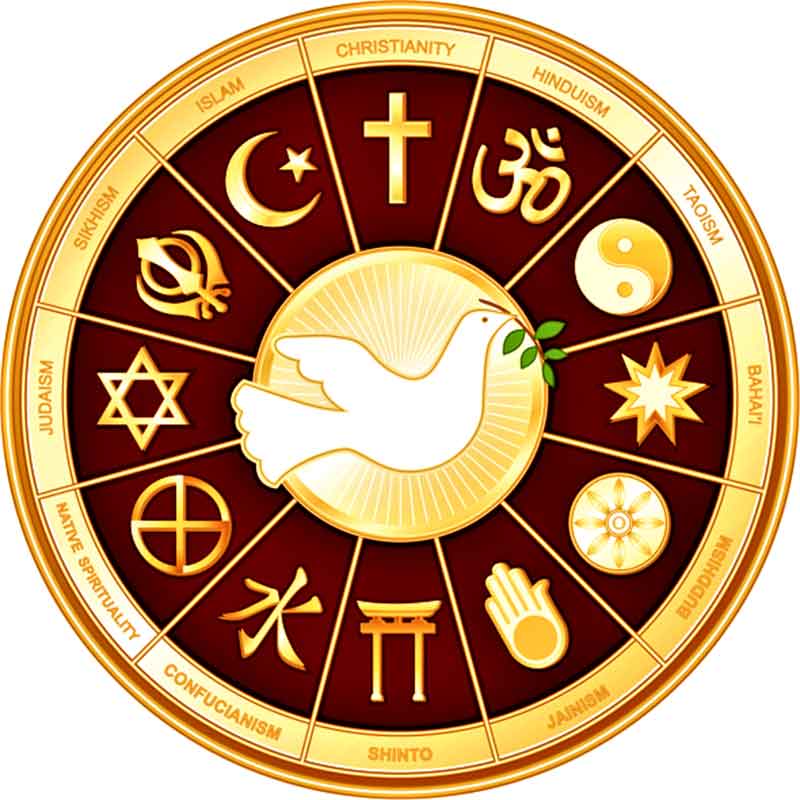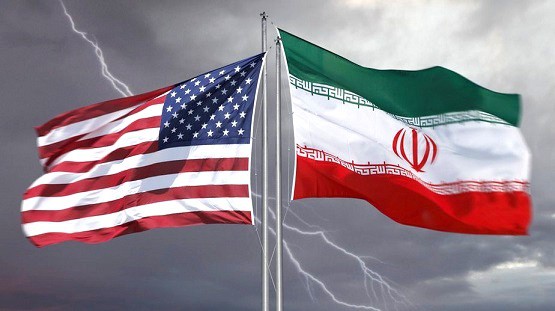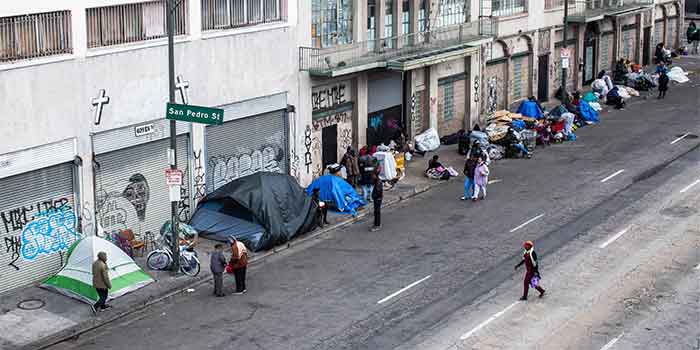
I am witness to the murder of forests. To be silent in the face of this is unconscionable.
I am witness to the birth of forests. To be silent in the face of this is unconscionable.
I am witness to… nay… I’m beholden to…. nay…. I’m alive and breathing and who I am because of the work of forests. To be silent in the face of this is unconscionable.
Moreover, I am daily witness to the immense and fecund intelligence of forests, and of every human and nonhuman in my forest home. Above all, to be silent in the sure awareness of this is unconscionable.
I write tonight to add to the growing but still-too-feeble litany of rage, despair and revolt against the continued murder of forests, a litany that is still powerless in any way whatsoever, to counter this greatest of all crimes.
Whatever any of us says or does, and no matter who flags the horror, or attempts to counter the crime, the reality on the ground is nothing short of a holocaust, one that is being perpetuated by the hour, despite every looming sign of planetary doom.
While rulers argue on news-screens and in boardrooms about the action that needs to be taken with respect to deforestation and climate change, the reality on the ground is escalating murder.
While salesmen bombard zombie shoppers with organic, green and climate-friendly solutions, the reality on the ground is burning, burying, conversion, clearance and pollution.
While scientists prevaricate endlessly about the meaning, purpose and value of the living world (and the universe) and economists write copious audits with dollar values assigned to the living world (and the universe), the reality on the ground is rampant species extinction.
While technologists dream up quick fixes by the hour, and fabulous contrivances to manipulate energy and toxic waste, contrivances designed to aid and abet this insane and unsupportable way of living called modern industrial civilisation, the reality on the ground is omnicide i.e. the death of all life, including humans.
While spiritualists con the masses into mind games of transcendent truths in outer or inner space, games that ignore the indigenous, the animate, the sensuous, the embodied, and the interdependent, the reality on the ground is traumatised psyches, of traumatised peoples in traumatised ecologies.
We know all this, of course. The lies are being ferreted out, exposed and denounced.
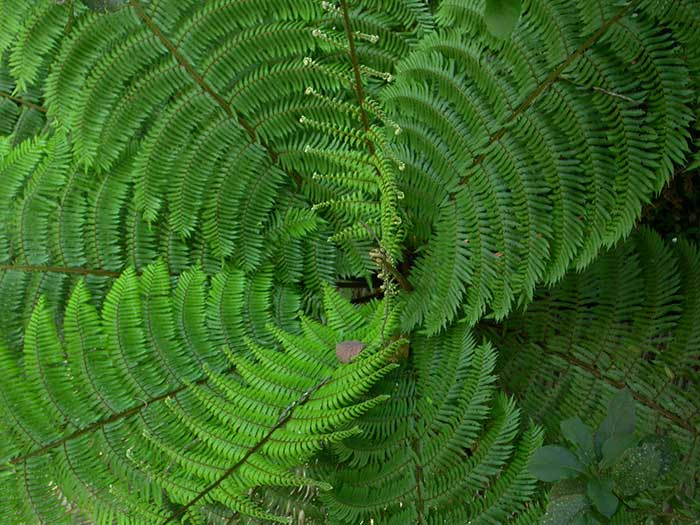
Revolt is afoot on all continents, in every ocean and in the air, revolt by humans and nonhumans, wherever anyone not yet co-opted, or shut down, or freaked out with grief and despair, is witness to the savage dismemberment of the body of the biosphere.
The elephants in my forest are revolting, as are fungi, and insects, and the great planetary winds, and everyone else still wild and free, as are the indigenous people in the forests of central India, adivasis.
Anyone with half a brain, who is half alive, can hear the unmistakable roar of life, including the cells in our own bodies.
But there is a glaring hole in the discourse, however it takes place. This rests on notions of human supremacy, and of intelligence as a feature primarily of the modern human brain.
Before we all die in this global omnicide, I wish to state in no uncertain terms that this is the biggest lie of all. And that this lie makes all the other lies possible, and makes holocaust possible. It operates on the same logic and rationale that Hitler did with his slogans about the Aryan race. It is about human supremacy, mostly white, mostly male, and the rest of us who are brown, yellow, black or red, have been whitewashed or coerced into following this, and now too many of us believe in the white dream.
Except, we call it happiness, the good life, and the economy.
The longer I live in a forest, the more and more I see of this whitewash. I see how every other form of human and nonhuman life is now subject to this lie and therefore doomed.
The whitewash is tantamount to total control: of body, mind, woman, other, all life, and the universe.
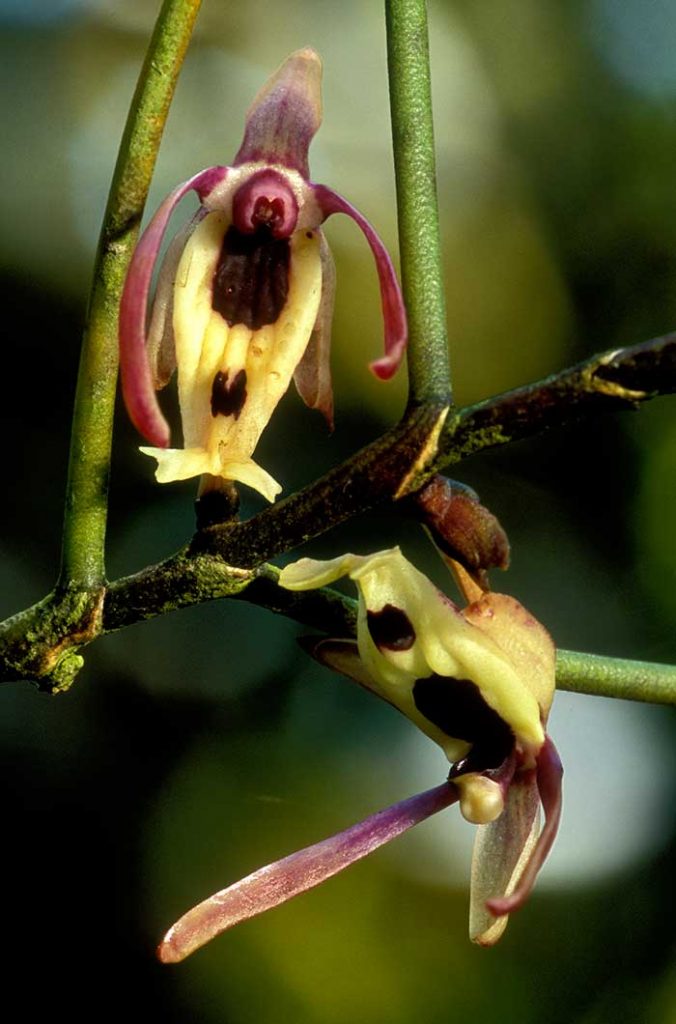
By now it’s clear that I live in a forest.
There are numerous others here, other intelligences: they speak to me every day.
In this daily living with a million other awarenesses, it is absurd and heinous that I don’t say what I know about them, from them and with them.
In fact, I write this in collaboration with all these others I live with. Every day, every hour and every second, they show me what intelligence is, all the many ways it can express itself, and how, above all, intelligence nourishes diversity.
So, I wish to do more than negate the white dream, I seek simultaneously to honour the old peoples of this world who knew and still know otherwise, and what the forests themselves know, and what those of us half-crazed humans (ignored and silenced by the materialist, so-called rationalist cabal that rules the world) have slowly and too belatedly woken up to, about the non-locality of intelligence, which is, paradoxically, deeply personal.
It is personal, and yet it cannot be contained.
It is of course yours, but it is not only yours, or mine, or hers, or his, or its, or ours, or even human, while it is all that.
It is not only in grey matter (as opposed to haemoglobin or the cells lining the fallopian tube, or amoebae, or chlorophyll or root tips or stem cells, or fern fronds, or water cohesion or sunlight, or air pressure or gravity or magnetic fields).
It is not only a property of the central nervous system. It is not only axon and neuron-driven. It is not only of the amygdala or the pituitary gland or the left hemisphere or the right, or the neo cortex or the myelin sheath, or the synapse, or the neurotransmitter or the hippocampus, i.e. the three -pound organ, the human brain.
It is definitely not only human, nor mammal, nor bird, nor reptile, nor amphibian, nor fish, nor echinoderm.
It is not only here on this planet, nor somewhere else in the far reaches of this or other galaxies.
It simply is, everywhere, of the whole in all its parts, at every level of coherence, communion and experience. It is a quality of existence, it is the way of life: individual and collective, atomic, organic, ecologic, biospheric, galactic, cosmic.
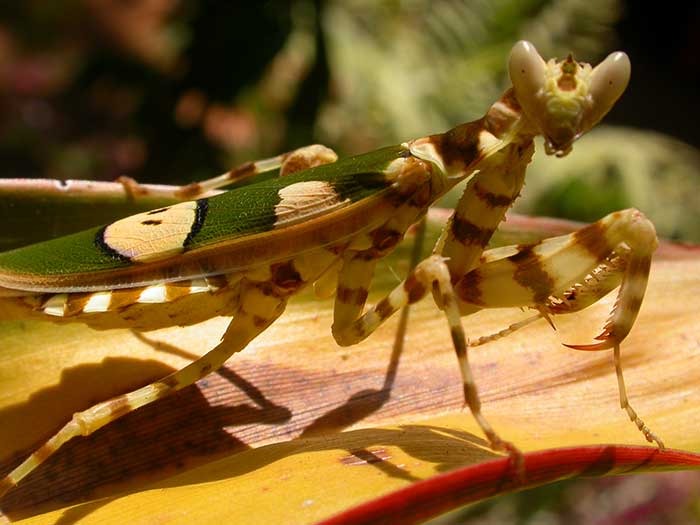
Animals and plants in my forest home offer the sweetest response to questions of: where and what is intelligence? They insist, yes the whole, of course the collective, but always experienced through the personal, the intimate, and the embodied.
The paradox, they say, cannot be understood by exiting the personal to embrace a collective, for this makes the collective a pure abstraction, leading to a profound and dangerous disconnect, allowing for every delusion from nation-states, to egos, to the caste system, to private property to industrial capitalism to factory farming, to empire, to machine worlds, to patriarchy, to planetary scale toxicities.
Intelligence, they say, flows from the personal to the personal, it is known, experienced and lived through the personal, and enacted through the personal. It goes from this elephant, to that tree, to that bird, to that valley, to that river, to this land, to this sea. It is deeply personal to each of my white blood cells, to each of the trillions of bacteria in every gut, to every vein in every body, every enzyme in every gut, every tree in every forest, and every star in every galaxy.
Intelligence, they say, in fact, requires the personal, the beloved, and the rooted. It requires you and me.
The last thing we need to do, in this last hour, is prove or measure or debate it or put dollar values on it, or bottle it up for posterity. Just listen to your body.
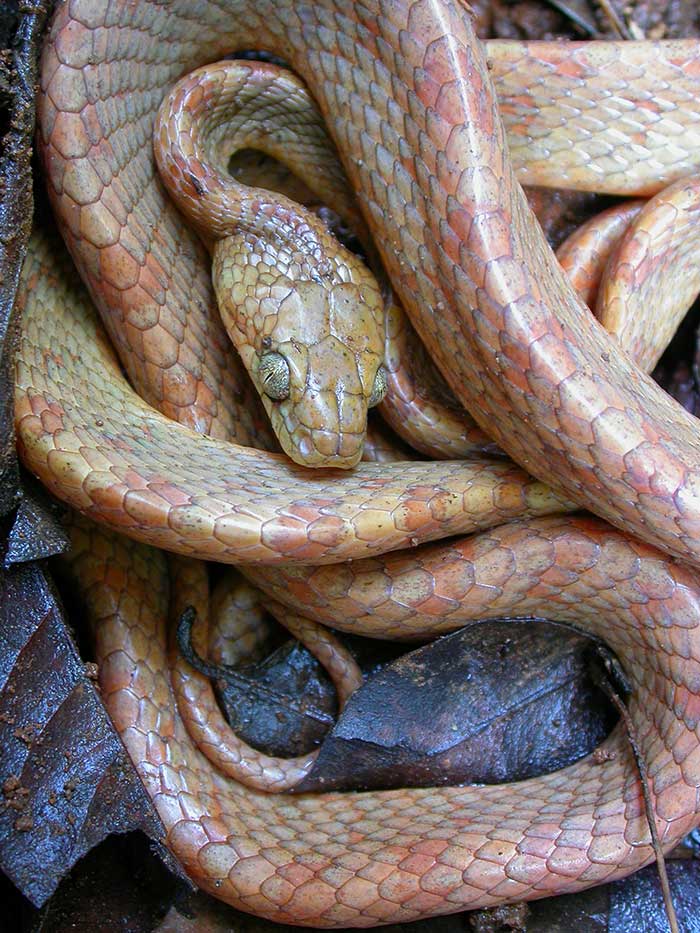
What then of the machine, the greatest achievement of modern man, a globalised artifice that now runsthe show?
Is this not a part of that same intelligence? One of myriad intelligences?
Do you wonder what supports the machine? Where do its fuel and form come from? What is its body made of? Who died so this computer could come into being (and what abuse of language, to call this, a body, a being!)?
And what of the living world does this machine support? Does it support my life, or yours, my actual body, my flesh, my people, my land base; does this give rise to more intelligence? More life, more diversity? More possibilities for every member of this universe?
What do you eat? Food, or reconstituted petroleum? What do you breathe? Air, or toxic waste in a gaseous sewer? Whom do you love? A human, or a product? Where do you live? In the real world, or a digital world?
Living beings know that failure to support others, and failure to adapt or change equals death, and because this machine way is now so widespread and pervasive, it, for sure, is hell-bound to implode, or explode, and most likely take everybody down with it.
Is a machine aware? Is a machine intelligent? Does a machine have will? Does a machine reproduce? Does a machine care? Does a machine attend to your life? Does your iPad love you?
Does this petroleum guzzling non-sentient, non-aware, non-reproducing, non-supportive toxic product of modern industrial civilisation, in its multifarious forms, qualify as intelligent?
Or is it a one-way system? Life goes in, and death by decimation, processing and packaging comes out. Thus, is it your agent in holocaust, destruction by proxy?
Or is it just stupid? Without you or me, what is this machine?
And, worse than stupid, is it just utterly mechanical, in the way machines are, and thus in the known history of the universe, rather unique?

While sceptics of nonhuman intelligence work that out, and devote billions of dollars to researching artificial intelligence, I’m preparing myself to dismantle it (the machine), and the system that supports it, before it devours the planet, my home.
While religious scholars and priests ponder this, eyes closed, senses shut down, negating life to worship manmade gods and manmade thoughts and manmade artifacts, men who organise the living world by stacking or hacking the rest of us to support their material and spiritual conquest of reality, I’m taking lessons from animals and plants I live with, to use every strategy to end insanity.
While scientists, armed by their technocratic henchmen, probe the secrets of the universe, and of every cell, through telescoping, magnification, extension, dissection, dislocation and isolation, and explain it all through mystifying equations (incomprehensible mantras of the dominant culture), actions that further devour the body of the world, I’m growing allegiances with non-humans and humans in my own community.
I write this for the rest of us, for those who are still alive, yet enslaved to the emperors who command the machine, to those of us dimly aware there is something missing in the insane logic we are bound by.
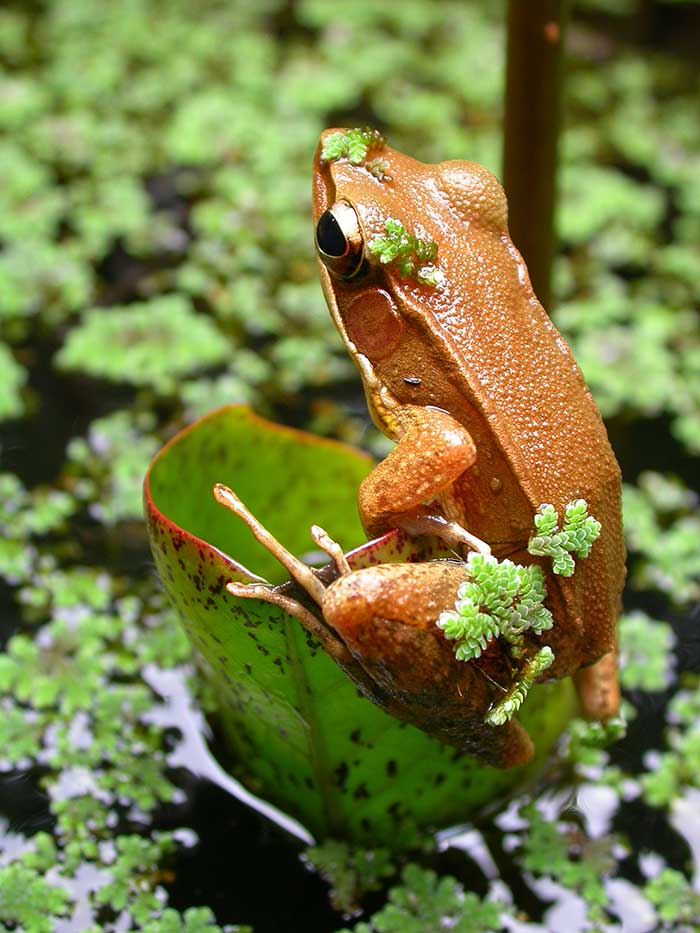
We know that the death of the living world (and this includes humans) goes hand in hand with the proliferation of the machine, systemic, and particulate, a construct, both psychological and material, worshipped by modern man, who in the most tragic and macabre of ironies is now enthralled by the very monster he pieces together out of the body and flesh of the living world.
Why do we support this monster? Why do we succumb to its power? Is there not another way? Can we not ally with the rest of the living world, and halt the machine?
This does not necessarily mean death, nor killing anybody. On the contrary, it means, life. For everybody.
Picture a world where trees, plants, frogs, tigers, humans, rivers, mountains, winds, waters, soils, communities coexist, each supporting the other, each in relation to the other, each conspiring to add beauty to the world, each giving life, so all may live in beauty.
Before I die, and more important, before the forests are vanquished, I believe we are required to engage directly with the truly intelligent members of the universe, those who have figured out how life supports life, and how death supports life, how death doesn’t lead to immiserated oceans, and toxified air, and collapsed forests, and extirpated tigers, and devastated humans; and how intelligence and life are to each other how the wave is to a particle, or a river to water molecules, or blood to every cell and love to community.
Suprabha Seshan is a conservationist. She lives and works at the Gurukula Botanical Sanctuary, a forest garden in the Western Ghat mountains of Kerala. She is currently working on her book, Rainforest Etiquette in a World Gone Mad, forthcoming from Context, Westland Publishers.
This article was first published by Hard News in Febraury 2014
Photo credits GBS Archives



